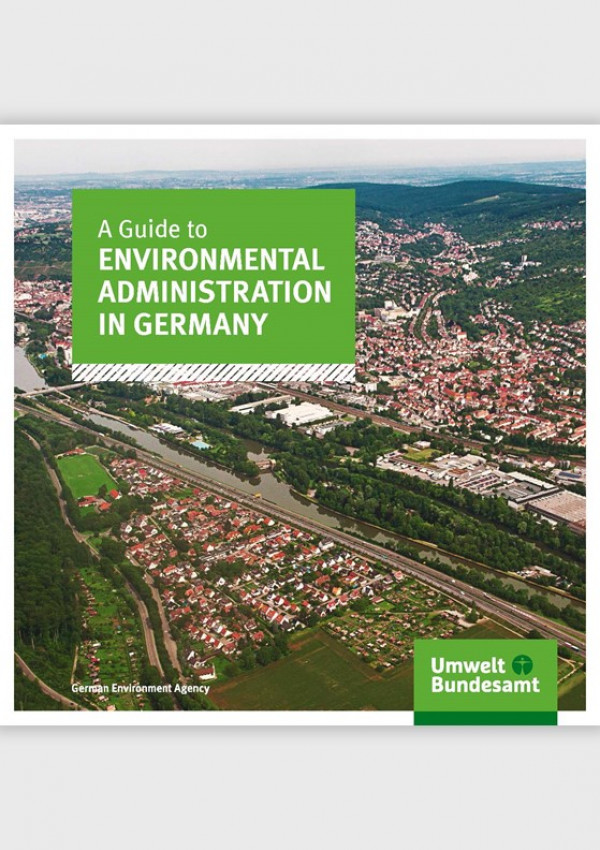CO2 pricing: time to get on board, and fast

It is also necessary to switch to climate-neutral technologies in road traffic and buildings.
Source: JFL Photography / Fotolia.com |
The support for putting a price on the emission of climate-damaging CO2 is increasing – especially since the negative consequences of climate change are increasingly being felt in Germany as well. Recently, numerous reports have been published which unanimously conclude that CO2 pricing should be a key instrument of climate change policy and that rapid action is essential. This autumn, the German federal government is expected to decide whether and in what form CO2 pricing is to be introduced. Before this backdrop, a new paper from the UBA analyses the advantages and disadvantages of the various approaches. In this respect, the focus is on the transport and building sector, where the need to take action is particularly great. The bottom line: from the perspective of the German Environment Agency, the short-term boost required for the protection of our climate can best be achieved by introducing a CO2 component to the energy tax, as this could be implemented rapidly, in a socially acceptable manner, and without great effort. Emissions trading, by contrast, does not constitute a suitable option for CO2 pricing in the transport and building sector.
For fossil fuels, a middling two-figure Euro amount per tonne of CO2 should be chosen as the starting rate of tax, which should be increased over the following years in predefined steps. Climate-friendly investment and behaviour would therefore be encouraged, and the prices of climate-damaging products would better reflect the climate change costs that they cause. In combination with other instruments, the climate goals for transport and buildings for the year 2030 could therefore be achieved. In addition to this, reform of the existing rates of energy tax is necessary, as light fuel oil, for example, is currently taxed at a lower rate than natural gas, which is less climate-damaging. In addition, the rates of energy and CO2 tax should be regularly adjusted in line with inflation.
The revenues from the tax on CO2 should flow back to the citizens. Examples from other countries demonstrate that socially-acceptable solutions are possible on this basis. From the perspective of the German Environment Agency, a redistribution of the additional income from the energy tax via a “climate premium” should be combined with a reduction in electricity prices, by reducing the EEG surcharge, for example. A solution of this kind would, on average, raise the net income of low-income households. Positive climate protection effects also arise, as lower electricity prices, for example, support the transition to electric mobility and make heat pumps for heating buildings more attractive.
Everyone in Germany must be able to live climate-friendly and be mobile regardless of their income. Flanking measures are therefore needed to make it easier for people to adapt to rising energy prices and switch over to climate-friendly alternatives. These include financial support programmes for advice on the saving of energy and on buying energy-efficient household appliances, helping long-distance commuters to adapt, and establishing an attractive and cost-effective bus and rail network, also in rural areas. This prevents social hardship and reinforces the climate protection impact of the tax on CO2.




















